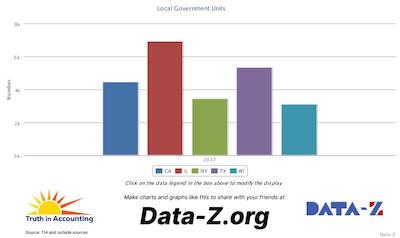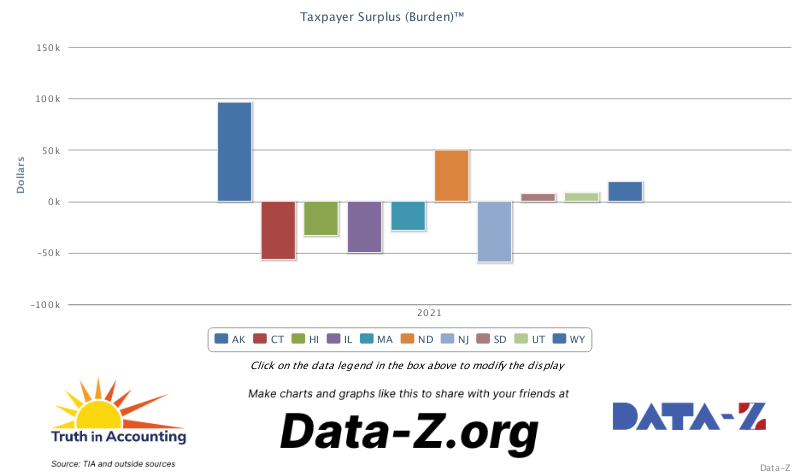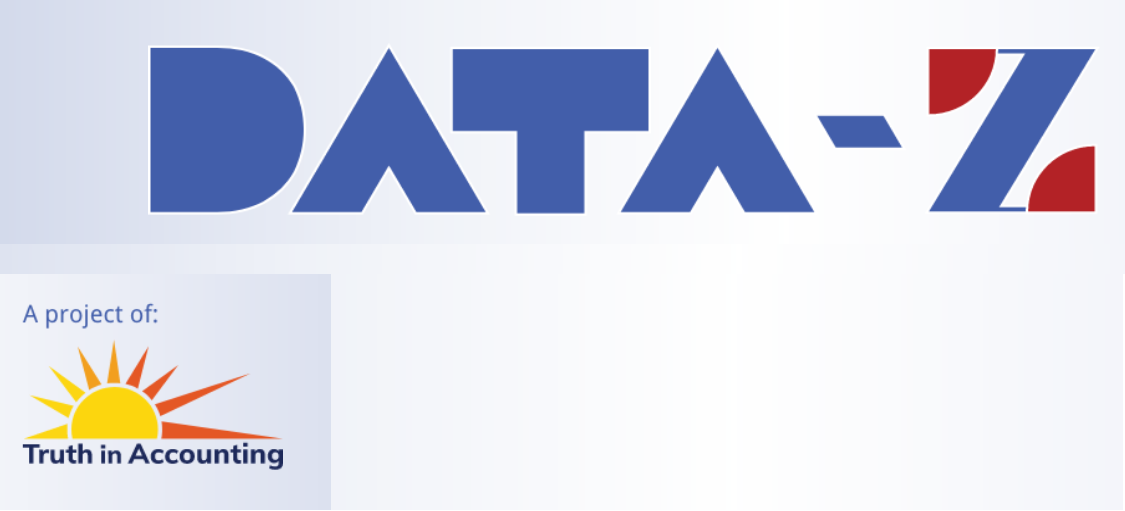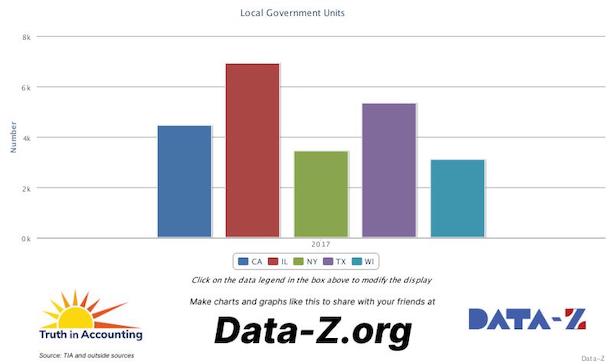
Coming Revenue Crisis?
Across all 50 states from 2019 to 2023, the average percentage change in intergovernmental revenue per capita (the most efficient way to compare states) was a striking 58 percent! The percentage change ranged from 30.6 percent in Idaho to 114 percent in Oklahoma. Since the lion’s share of intergovernmental revenue to states comes from the federal government, and most of the increase since 2019 was Covid aid, the question is how will states make up the difference when the Covid grant monies run out. Presumably, the states will have to raise taxes or cut services significantly. States have become used to that extra revenue. Will they be prepared for what comes next?


